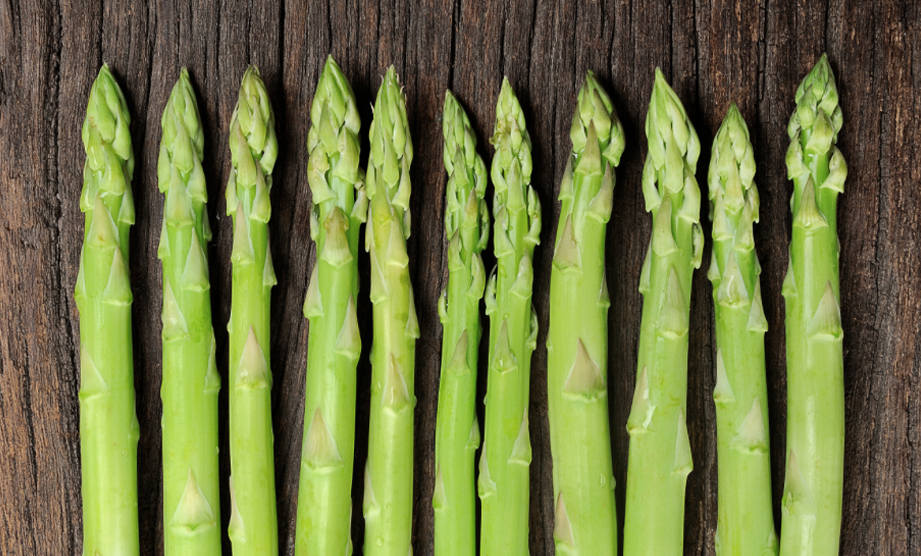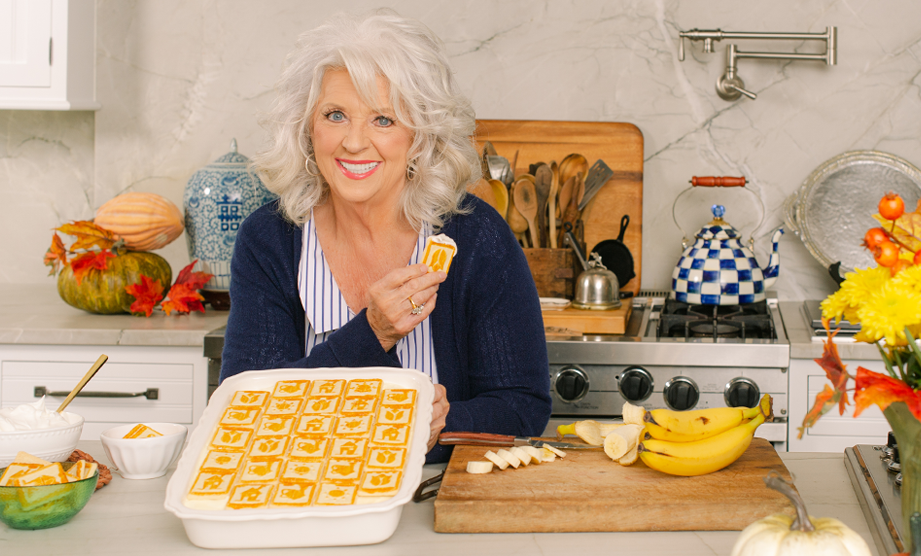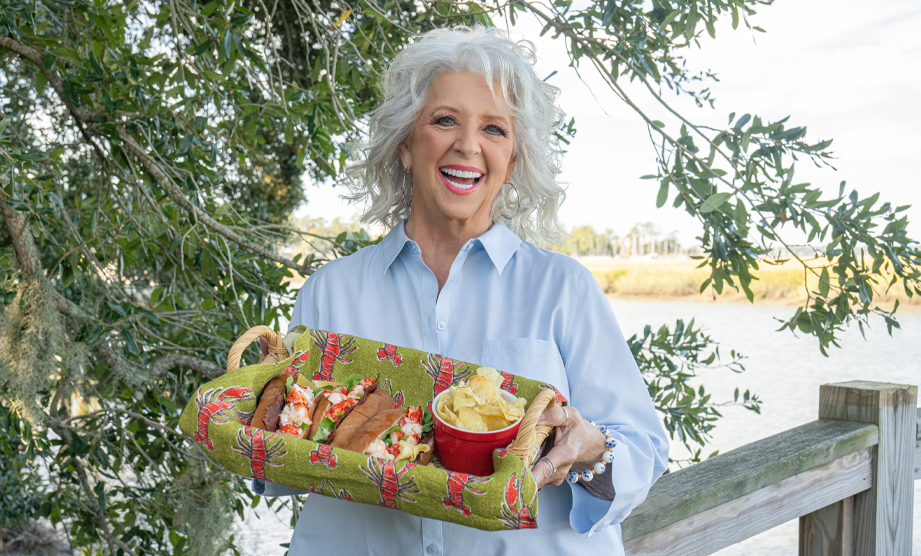April showers not only bring tulips and daffodils, but an abundance of fresh, local asparagus. Even though they are available year round, asparagus is at its best (and usually cheapest) from April through June.
History:
This elegant edible got its name from the Greek word asparagos, meaning ‘sprout’ or ‘shoot,’ and is a member of the lily family. Initially, planting is a slow process, as asparagus require at least a two-year growth period before harvesting. The good news is that they continue to reproduce anywhere from 15 to 20 years before being replanted. During their peak, asparagus are capable of growing an incredible 10 to 12 inches in one day! A single day’s growth, which is approximately one acre, is what’s usually harvested, and mainly by hand.
Nutritional Information:
Asparagus is packed with nutrients that may actually help remedy some ailments. It’s high in folic acid, vitamins A and C, and low in sodium and calories. Its detoxifying and diuretic effects help rid the body of excess water, and its high fiber content aids the body in digestion.
Selecting:
The most common types of asparagus are green. White asparagus are grown void of direct sunlight, which prevents them from turning green. They are popular in Europe—especially France and Belgium. Choose firm, bright green stalks and closed, compact tips. Avoid asparagus with yellowing, wrinkled stalks or asparagus that are limp.
Storing:
Usually you will find asparagus sold in bunches secured with rubber bands. Before storing, be sure to remove the rubber band as it can bruise the stalks. Keep them in the refrigerator in a food storage bag with their ends wrapped in a damp paper towel. And be sure to cook them within a day or two for the very best flavor. Whether they’re thick or pencil-thin, it’s important to trim the woody ends. Paula’s favorite method is to bend the asparagus about halfway down the stalk. The tough, woody part of the stem will break off in just the right place. For a cleaner look, you can trim off the ends with a knife and peel just the bottom part of the stalk.
Grilled, steamed, roasted, or sautéed, Paula has quick and easy ideas for cooking up asparagus. Asparagus with Sesame Citrus Sauce combines Asian flavors and tangy citrus—add some shrimp or chicken, and you’ve got a main-dish in minutes. If entertaining is on the menu, Paula’s Fresh Asparagus and Curry Dip, with just 5 ingredients, is the perfect finger food. Feed a crowd with our Grilled Vegetable Pasta Salad, a colorful combination of grilled asparagus, bell peppers, tomatoes, basil, and cooked penne pasta tossed in Paula’s Vidalia Onion Peppercorn dressing. Got leftovers? Try The Lady and Sons Asparagus Sandwich (grilled pumpernickel layered with asparagus, slices of sweet red onion, melted Jack cheese, and Thousand Island dressing); it’s a delicious way to use leftover asparagus. So take a little time to enjoy this versatile vegetable and discover why asparagus is the king of spring.
Even more awesome asparagus recipes:
Asparagus Quiche
Chicken and Asparagus Crepes
Fried Asparagus with Creole Mustard Sauce
Asparagus with Lemon Pecan Brown Butter
Phyllo-Wrapped Asparagus









